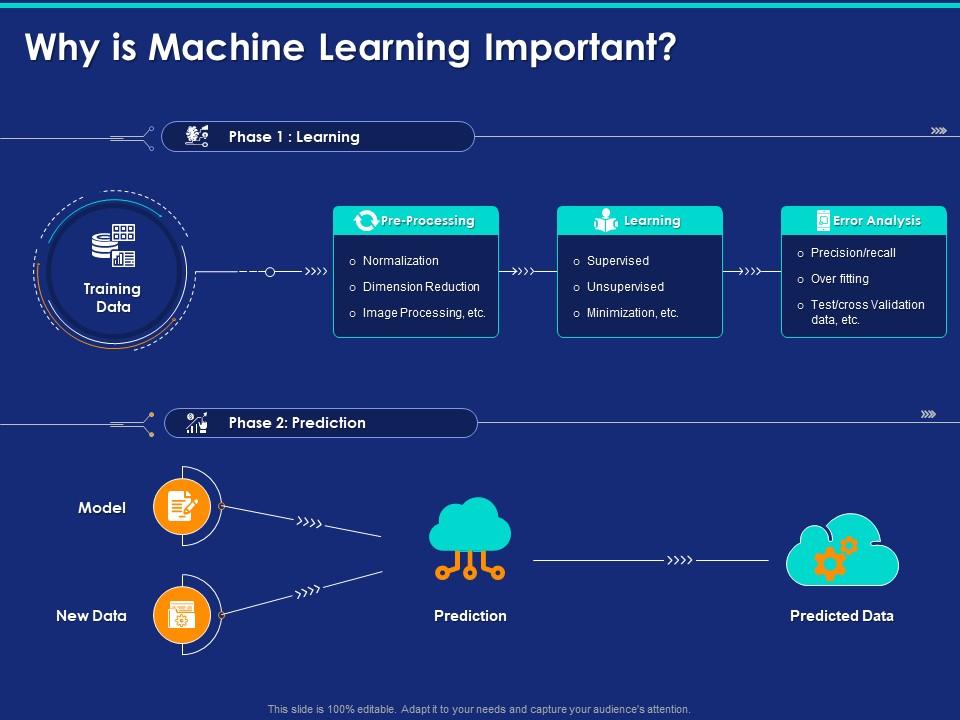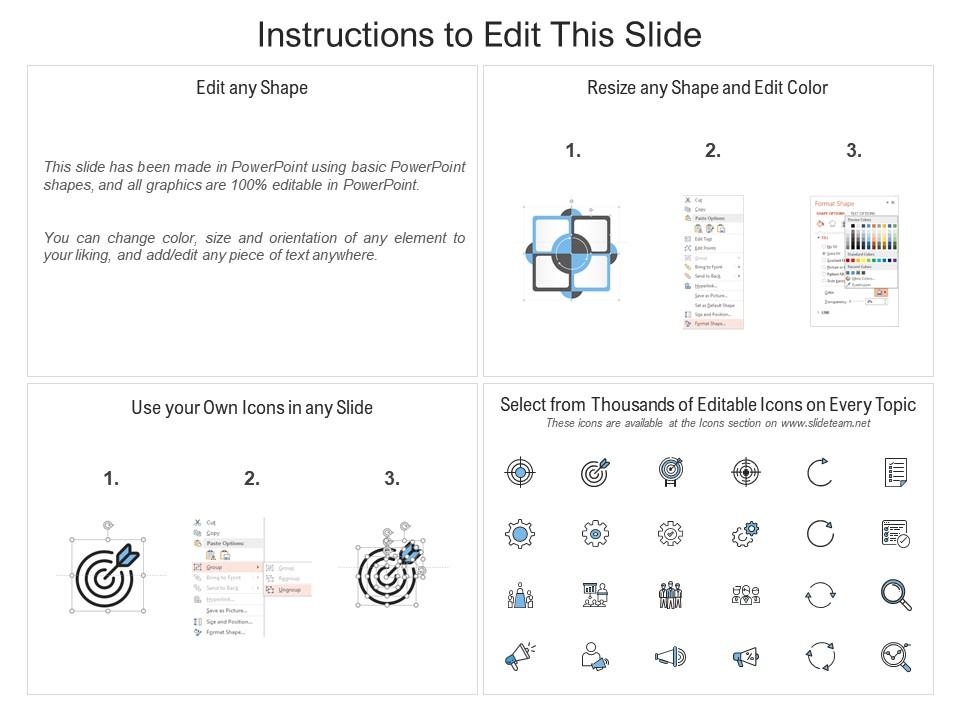Why is machine learning important ppt powerpoint presentation outline
Our Why Is Machine Learning Important Ppt Powerpoint Presentation Outline are topically designed to provide an attractive backdrop to any subject. Use them to look like a presentation pro.
Our Why Is Machine Learning Important Ppt Powerpoint Presentation Outline are topically designed to provide an attractive b..
- Google Slides is a new FREE Presentation software from Google.
- All our content is 100% compatible with Google Slides.
- Just download our designs, and upload them to Google Slides and they will work automatically.
- Amaze your audience with SlideTeam and Google Slides.
-
Want Changes to This PPT Slide? Check out our Presentation Design Services
- WideScreen Aspect ratio is becoming a very popular format. When you download this product, the downloaded ZIP will contain this product in both standard and widescreen format.
-

- Some older products that we have may only be in standard format, but they can easily be converted to widescreen.
- To do this, please open the SlideTeam product in Powerpoint, and go to
- Design ( On the top bar) -> Page Setup -> and select "On-screen Show (16:9)” in the drop down for "Slides Sized for".
- The slide or theme will change to widescreen, and all graphics will adjust automatically. You can similarly convert our content to any other desired screen aspect ratio.
Compatible With Google Slides

Get This In WideScreen
You must be logged in to download this presentation.
PowerPoint presentation slides
Presenting this set of slides with name Why Is Machine Learning Important Ppt Powerpoint Presentation Outline. The topics discussed in these slides are Pre Processing, Learning, Error Analysis, Prediction, Training Data. This is a completely editable PowerPoint presentation and is available for immediate download. Download now and impress your audience.
People who downloaded this PowerPoint presentation also viewed the following :
Content of this Powerpoint Presentation
Description:
This image is a presentation slide explaining the importance of machine learning structured into two main phases, Learning and Prediction, with process steps outlined for each phase.
The slide begins with the title "Why is Machine Learning Important?" emphasizing the need to understand the benefits and functions of machine learning in various applications. Below the title, the learning phase is described first. There are three components associated with this phase:
1. Training Data:
This is the initial dataset from which the machine learning model will learn. It's represented by a circular icon with what appears to be binary code or a data symbol.
2. Pre-Processing:
This involves preparing the training data for use in the model and includes steps like Normalization (scaling of data), Dimension Reduction (simplifying the number of variables considered), and Image Processing (if the data includes images).
3. Learning:
It details the types of learning algorithms that may be used, such as Supervised (learning with labeled data) or Unsupervised (finding patterns with unlabeled data), and also mentions Minimization, which likely refers to minimizing error in predictions.
4. Error Analysis:
This step involves evaluating the model’s performance using metrics like Precision/Recall, checking for issues like Overfitting (model too tailored to the training data), and performing Test/Cross Validation to ensure the model's accuracy with new data.
The second phase is the Prediction phase, showing the application of the model to New Data resulting in Prediction and subsequently to Predicted Data, illustrated with icons of a model, cloud computation for prediction, and gears representing the processed data.
Use Cases:
This comprehensive approach outlined in the slide is vital across various industries for its ability to empower efficient decision-making and automation.
1. Healthcare:
Use: Enhanced diagnostic tools and personalized medicine.
Presenter: Data scientist or healthcare IT professional.
Audience: Medical professionals and healthcare executives.
2. Finance:
Use: Fraud detection and algorithmic trading.
Presenter: Financial analyst or data scientist.
Audience: Investment bankers and financial advisors.
3. Automotive:
Use: Development of self-driving car functionalities.
Presenter: AI research engineer.
Audience: Automotive engineers and industry consultants.
4. Retail:
Use: Customer behavior prediction and inventory management.
Presenter: Marketing analyst or retail strategist.
Audience: Retail managers and marketing teams.
5. Manufacturing:
Use: Predictive maintenance and optimization of supply chain.
Presenter: Operations manager or data scientist.
Audience: Production managers and process engineers.
6. Technology:
Use: Natural language processing and recommendation systems.
Presenter: Machine learning expert or R&D lead.
Audience: Software developers and product managers.
7. Energy:
Use: Forecasting energy demand and optimizing grid performance.
Presenter: Energy analyst or data scientist.
Audience: Utility managers and energy policy makers.
Why is machine learning important ppt powerpoint presentation outline with all 2 slides:
Use our Why Is Machine Learning Important Ppt Powerpoint Presentation Outline to effectively help you save your valuable time. They are readymade to fit into any presentation structure.
No Reviews











